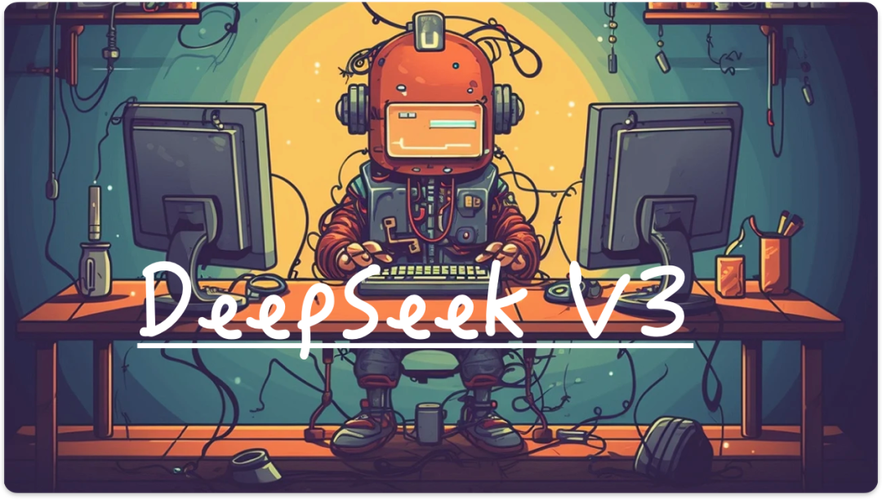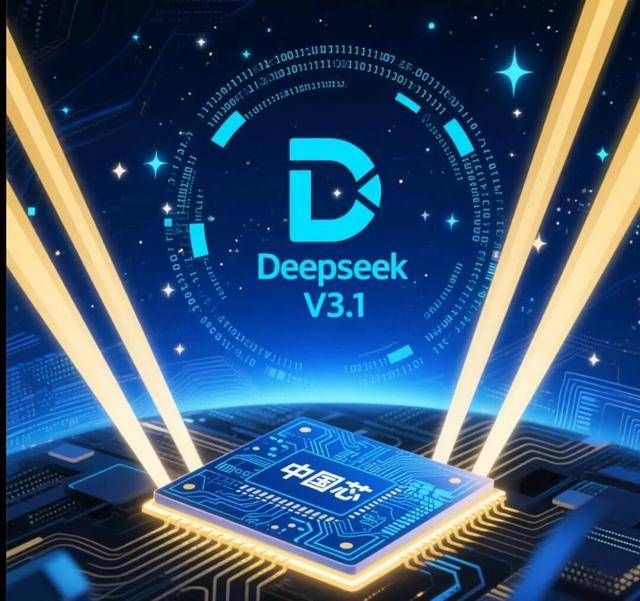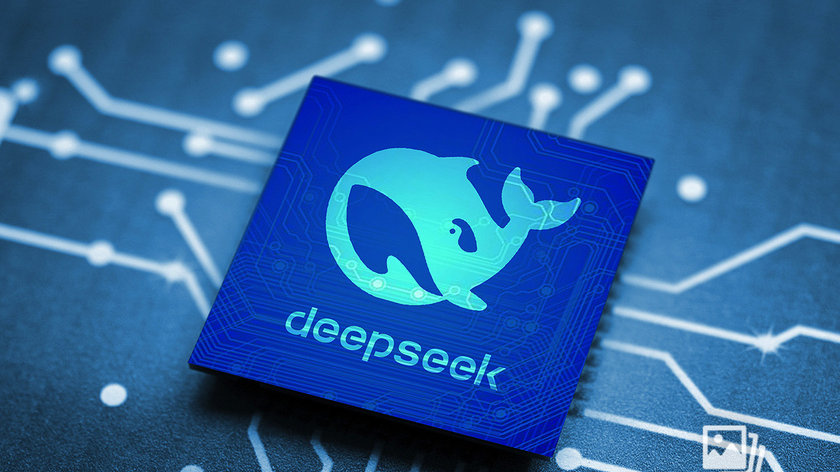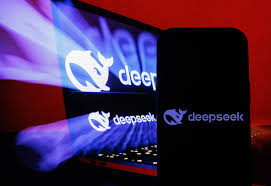DeepSeek R1 Hardware Setup Guide
Introduction
DeepSeek R1 is a powerful open-weight AI model that allows developers, researchers, and enterprises to run cutting-edge large language model (LLM) inference locally without relying on cloud providers. To get the most out of DeepSeek R1, it’s essential to prepare the right hardware and setup environment. This guide provides a comprehensive overview of hardware requirements, GPU recommendations, installation steps, and optimization tips for running DeepSeek R1 on your local machine.
Section 1: Hardware Requirements
Minimum Specs (For Testing and Light Usage)
CPU: AMD Ryzen 7 / Intel i7 or higher
RAM: 64 GB
GPU: Single NVIDIA RTX 3090 or RTX 4090
VRAM: At least 24 GB
Storage: 1 TB NVMe SSD
OS: Linux (Ubuntu 22.04 recommended) or Windows with WSL2
Recommended Specs (For Regular Development & Fine-tuning)
CPU: 64-core AMD Threadripper / Intel Xeon
RAM: 128–256 GB
GPU: Dual RTX 4090 or H100
VRAM: 48–80 GB per GPU
Storage: 2 TB NVMe SSD + RAID-10 HDD for logging
Power Supply: 1200W modular PSU
Cooling: Liquid or hybrid GPU cooling systems
Section 2: System Setup
1. OS Installation and Preparation
Use Ubuntu 22.04 LTS for best compatibility.
Install essential packages:
sudo apt update && sudo apt install -y build-essential git curl wget python3 python3-pip
2. GPU Driver and CUDA Installation
Install the latest NVIDIA drivers:
sudo apt install nvidia-driver-535
Install CUDA Toolkit 12.x and cuDNN 8.x:
sudo apt install nvidia-cuda-toolkit
3. Install Python Environment
python3 -m venv ds_env source ds_env/bin/activate pip install --upgrade pip
4. Clone DeepSeek Repository
git clone https://github.com/deepseek-ai/DeepSeek-LLM.git cd DeepSeek-LLM pip install -r requirements.txt
5. Download Model Weights
Visit Hugging Face model page and download weights for DeepSeek R1 (such as deepseek-llm-67b-chat). Place them in a models/ directory and point your inference script to them.
Section 3: Running Inference Locally
Using vLLM for Optimized Inference
pip install vllm python -m vllm.entrypoints.openai.api_server \ --model /path/to/deepseek-llm-67b-chat \ --tensor-parallel-size 2
Using Hugging Face Transformers (Less Efficient)
from transformers import AutoTokenizer, AutoModelForCausalLM
tokenizer = AutoTokenizer.from_pretrained("deepseek-ai/deepseek-llm-67b-chat")
model = AutoModelForCausalLM.from_pretrained("deepseek-ai/deepseek-llm-67b-chat", device_map="auto")
inputs = tokenizer("Hello, DeepSeek!", return_tensors="pt").to("cuda")
outputs = model.generate(**inputs, max_new_tokens=100)
print(tokenizer.decode(outputs[0]))
Section 4: Performance Tips
Use vLLM or TGI (Text Generation Inference) for efficient parallel inference.
Set batch size and max tokens according to VRAM.
Use mixed precision (
float16) for better performance.Monitor GPU memory with
nvidia-smi.Enable tensor parallelism for multi-GPU machines.
Section 5: Troubleshooting
| Issue | Solution |
|---|---|
| Out of memory | Lower max_tokens or use 8-bit quantized model |
| Slow inference | Use vLLM or install DeepSpeed |
| Model not loading | Check model path and compatibility |
| CUDA error | Reinstall CUDA toolkit and check GPU driver version |
Conclusion
Running DeepSeek R1 locally requires a powerful workstation, but it offers significant benefits in latency, privacy, and control over model inference. With the right setup — especially leveraging tools like vLLM or Hugging Face — developers can unlock the full potential of DeepSeek’s 67B parameter model without depending on the cloud.
For production-grade deployment, consider containerizing the environment with Docker and using orchestration tools like Kubernetes. As DeepSeek continues to grow, local deployment is becoming a feasible option for more organizations around the world.
Want to try DeepSeek online? Use DeepSeek Chat or API at https://platform.deepseek.com









